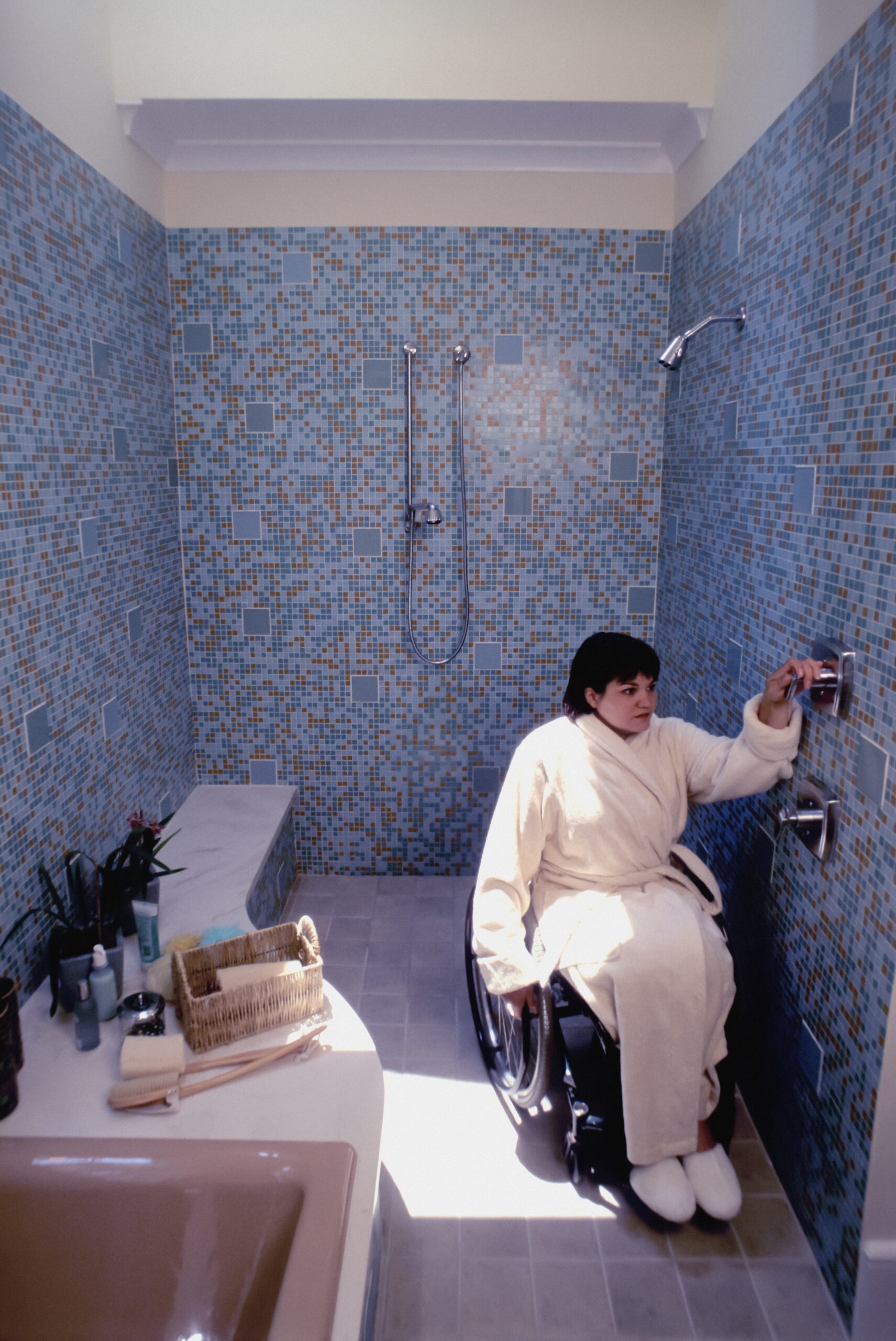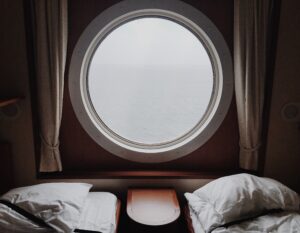Cruises are a popular way for millions of travelers to explore the world each year — and they’re increasingly becoming a top choice for people with disabilities and other special needs. Whether you or a loved one uses a wheelchair, has dietary restrictions, sensory sensitivities, or other accessibility considerations, the cruise industry has made impressive strides in creating a more inclusive experience for all.
If you’ve previously written off cruising as too difficult or inaccessible, it may be time to take another look. With enhanced regulations, smarter ship design, and dedicated support services, cruising could offer the relaxing, fun-filled vacation you’ve been hoping for.
Why US and Canadian Cruises Often Lead the Way in Accessibility
Cruise ships sailing to and from ports in the U.S. and Canada are often better equipped for accessibility, thanks to stricter regulations like the Americans with Disabilities Act (ADA). According to Mike King, owner of Travel Leaders in Fredericksburg, Virginia, these guidelines help ensure travelers with disabilities receive appropriate accommodations and support.
Newer ships, in particular, tend to offer better accessibility features — from ramps connecting indoor and outdoor spaces to elevators and wider passageways. Still, some areas of a ship may require assistance from others, depending on the design and layout.
Booking an Accessible Cabin
Accessible cabins are a game-changer for travelers with mobility needs. These staterooms often include:
- Wider doorways (32–34 inches) for wheelchair access
- Roll-in showers with grab bars, handheld showerheads, and fold-down seats
- Bathrooms without raised thresholds or with small ramps
- Lowered fixtures, including sinks, clothing rods, and safes
- Accessible balconies (though space may vary based on cabin type)
Cruise lines like Royal Caribbean, Carnival, Holland America, Disney, and Norwegian all offer a range of accessible staterooms, each with slightly different layouts and features.
For example, Disney provides roll-in showers, emergency call buttons, and grab bars, while Royal Caribbean’s accessible rooms offer a 5-foot turning radius and ample floor space. Norwegian allows motorized wheelchairs in designated accessible rooms but notes that non-accessible staterooms may not accommodate larger devices.
Innovations Making Waves: The Celebrity Edge Magic Carpet
One of the most exciting innovations for wheelchair users is the Magic Carpet on Celebrity Edge. This tennis court-sized, cantilevered platform moves between decks and provides step-free access to tenders on port days — a major convenience for anyone with mobility challenges.
If you’re concerned about boarding small boats to reach shore (known as tendering), look for itineraries where the ship docks directly at the port to ensure smoother disembarkation.
Does Ship Size Matter?
In short: Yes. Larger, newer ships typically offer more conveniences for passengers with disabilities. These ships often include:
- More and larger elevators
- Automatic doors
- Spacious staterooms
- Activity-filled days at sea for those who remain onboard while others tender ashore
Some Princess Cruises ships even offer a “medallion” that acts as a key, onboard credit card, and even an automatic door opener.
Dialysis and Cruises: What You Need to Know
Dialysis patients can cruise, too — with proper planning. Some cruise lines partner with Dialysis at Sea, offering onboard treatments with trained medical staff and specialized equipment. You’ll likely need medical clearance and a signed risk acknowledgement letter in advance.
Accommodations for the Visually and Hearing Impaired
Cruise lines are also stepping up for guests with sensory impairments. Services may include:
- Braille signage and menus
- Large print or digital menus readable by screen readers
- Visual/tactile alert systems in cabins
- Closed captioning on in-room TVs
- Sign language interpreters (often with advanced notice)
Carnival, for instance, uses headsets in theaters to amplify sound for those with hearing loss and offers closed captions on select content.
Kid-Friendly and Inclusive Youth Programs
Traveling with children who have disabilities? Major cruise lines like Royal Caribbean, Disney, Carnival, and Norwegian offer well-trained youth program staff ready to welcome all children.
Jennifer Mizrahi, president of Respectability.org, shared how Disney Cruise Line went above and beyond to support her daughter with cerebral palsy, making her feel included and joyful during their cruise — a testament to how attentive and caring cruise staff can be.
Carnival allows parents or assistants to stay with children if needed and evaluates accommodations on a case-by-case basis.
Autism-Friendly Cruise Options
Families with members on the autism spectrum can find exceptional support through cruise lines like Royal Caribbean, Disney, Celebrity, and Carnival, many of which provide staff training and tailored programming.
Organizations like Autism on the Seas even offer specialized group cruises with one-on-one staff support, respite care, private events, and pre-cruise planning assistance. These enhanced cruises provide peace of mind and allow the whole family to truly relax and enjoy.
Meeting Dietary Needs with Ease
Food allergies or special diets? Cruise ships are well-versed in accommodating dietary restrictions — from gluten-free and low-sodium to vegan or allergen-specific meals. Be sure to inform the cruise line at booking (ideally 60 days in advance), and speak with dining room staff upon boarding.
Many ships offer preview menus a day in advance to help customize your meals or request modifications.
Final Thoughts
Cruising with a disability doesn’t have to be daunting. With thoughtful planning, ship research, and possibly the help of a travel advisor specializing in accessibility, your dream vacation can become a reality.
Cruise lines are increasingly committed to inclusivity, offering a range of services to ensure all guests — regardless of their needs — feel welcome, supported, and, most importantly, able to enjoy a vacation they’ll never forget.
So, if you’ve been on the fence, now might be the perfect time to set sail.



